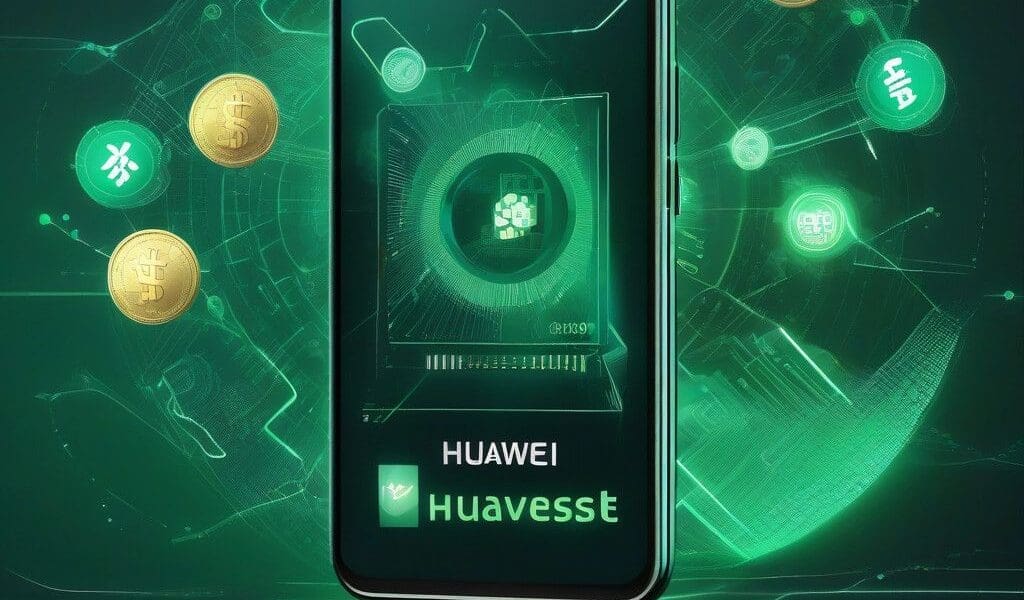Huawei Integrates Digital Yuan in Latest OS: A Game Changer for Digital Finance
Huawei has officially launched HarmonyOS NEXT, its first entirely in-house operating system, which now incorporates China’s central bank digital currency, the digital yuan. This significant development was unveiled on October 22, 2023, positioning HarmonyOS as the third most popular operating system globally, following Android and iOS.
The integration of the digital yuan directly into HarmonyOS NEXT allows nearly 1 billion Huawei users easy access to the currency. This innovation simplifies transactions, eliminating the need for a separate application to manage the digital currency. Users will now be able to transact using the digital yuan seamlessly within the operating system’s ecosystem.
One of the key features of HarmonyOS NEXT is its enhanced digital wallet management. Huawei has promised significant improvements, allowing users to store and manage their digital yuan alongside other financial applications, providing a more streamlined use. This approach not only encourages more users to adopt digital currency but also enhances the overall user experience, making digital finance more accessible.
Huawei’s move aligns with the growing momentum of the digital yuan, as it seeks to establish itself beyond its domestic market. This integration also opens doors for future expansions into diverse technology sectors such as the Internet of Things (IoT) and smart devices, allowing the digital yuan to be utilized across various everyday applications.
The timing of this integration is noteworthy. The digital yuan is gaining traction within China and internationally, with the International Air Transport Association (IATA) recently announcing its acceptance as the first digital currency. This endorsement highlights China’s proactive approach to digital currency adoption, especially as it prepares to amend its Anti-Money Laundering laws to tackle associated risks with virtual assets.
From a strategic marketing perspective, Huawei’s integration of the digital yuan could significantly stimulate user engagement and brand loyalty. By facilitating easier access to the digital yuan, Huawei positions itself as a frontrunner in the digital finance revolution, potentially increasing its market share in the competitive tech landscape.
Moreover, the integration of the digital yuan within HarmonyOS NEXT may encourage other technology firms to explore similar partnerships with digital currency platforms, creating a domino effect in the technology and finance sectors. This could reshape user expectations regarding digital transactions, pushing for more ubiquitous and seamless financial integrations across devices.
In summary, Huawei’s launch of HarmonyOS NEXT with inherent digital yuan functionality is a remarkable strategy that not only serves its enormous user base but also reinforces the digital yuan’s role in the evolving digital economy. As China navigates the complexities of digital currency regulation and implementation, such partnerships hint at a deeply interconnected future between technology and finance.
By leveraging its vast user base and technological capabilities, Huawei is setting a precedent for other companies to follow. This initiative not only fosters user trust in digital transactions but also highlights the importance of adaptable digital ecosystems in today’s rapidly changing financial landscape.








